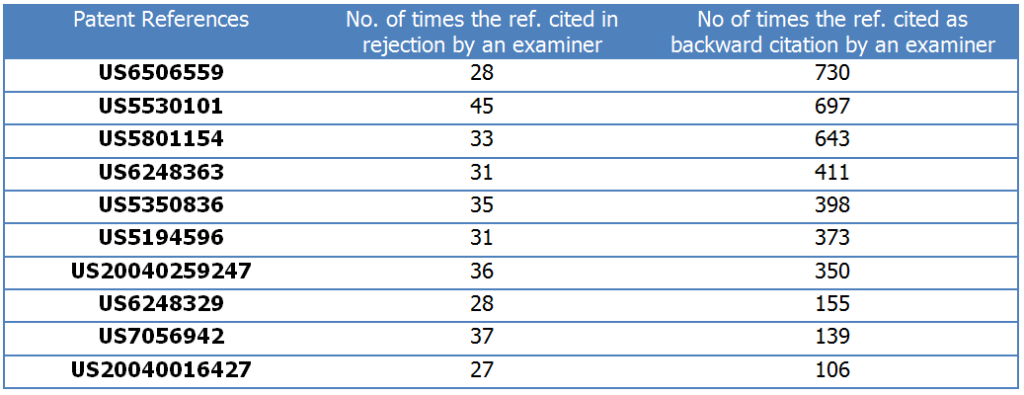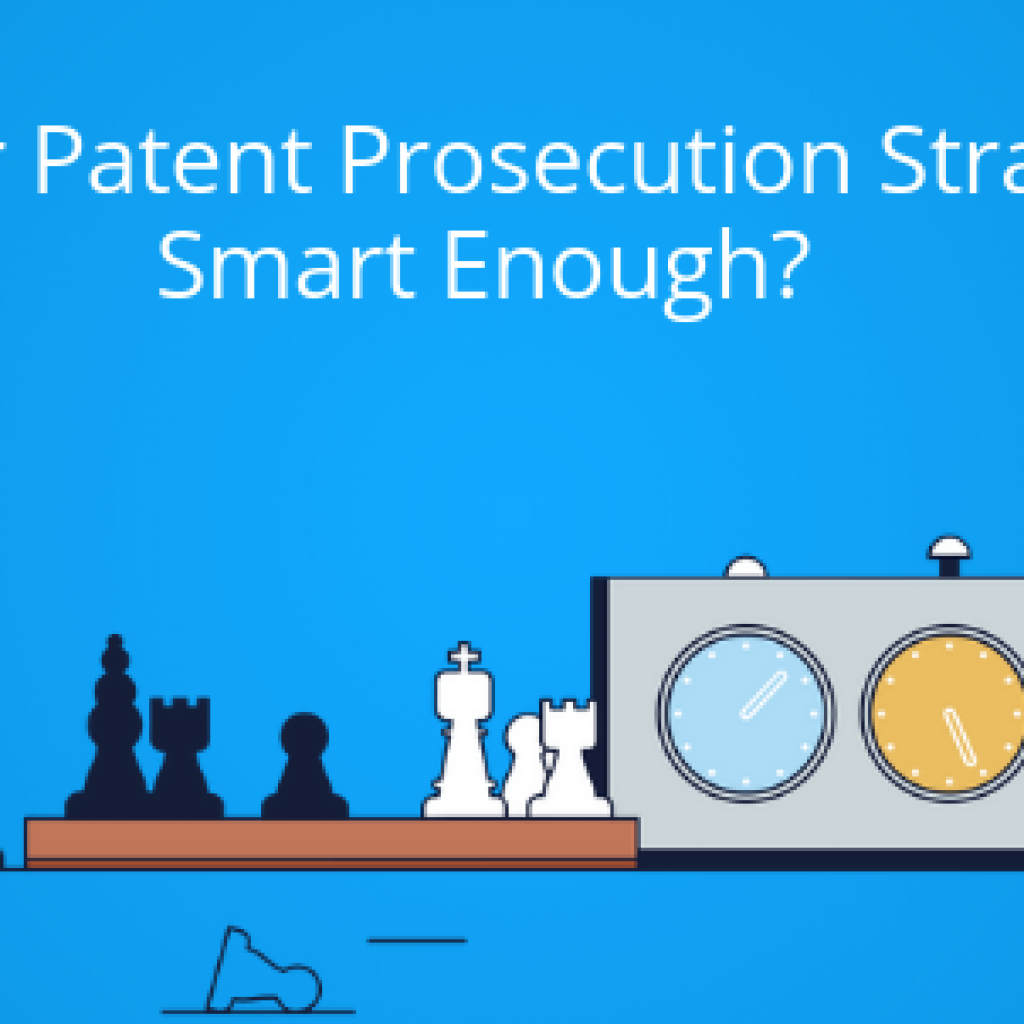Getting a patent application granted on the first go is a rare phenomenon. According to statistics, of all the patent applications received by the USPTO, over 90% are initially rejected. Thus, getting a first-time rejection is quite normal.
What follows next is an immense struggle — Convincing the examiner with facts and logic which consumes its own sweet time and delays a grant. Other aspects that delay the office action proceeding include citation disclosure- known patent & non-patent references – scope clarification, amendments if any, et cetera.
To help you save office action time and to increase the grant rate of a patent, I analyzed the most cited patent references in a group art unit. Such references become a standard to be cited by an examiner, and analyzing them has a great chance of reducing total office actions.
Pro Tip: If a surfaced citation fits in the disclosure list, you can add them to your list of references. This will make an examiner feel that your application is in sync with the already patented basic concept of the technology. This procedure can act as a cheat sheet that can help prepare for predictable consequences.
To drive the point home, I analyzed GAU1643 which handles patents related to drug, bio-affecting, and body treating compositions. Astonishing stats surfaced after analyzing ‘the most cited patents by examiners’. The surfaced references formed the base of most of the applications.
Examiners of the GAU cited US6506559 730+ times as backward citation, and 28 times it became a cause of rejection for some patent. Similarly, US5530101, with 697 backward citations, is cited 45+ times to reject some patent applications. Detail of other such patents in the same Group Art unit is tabulated below.

Consider US5530101, which has been cited 45 times in rejection by examiners. Let’s say when the numbers of rejections were 30, if it had been figured out somehow that this patent can cause rejection during the prosecution, the rest 15 applicants could have saved themselves by using an alternate strategy. Isn’t it?
While analyzing the patents filed in GAU1643, other than most cited patents, many other patterns also surfaced. If you analyze those patterns before filing an application, there are fair chances to increase the grant rate of a patent by decreasing the number of office actions.
These insights, combined with years of experience of the counsel can help subsequently decrease grant time while increasing grant rate and save your client’s time and money. Business-wise, these strategies have their set of advantages too – Employing these strategies and sharing the details with your existing/potential clients can help you stand out from the crowd. These can serve as the differentiating factor for you, which would also help win the client’s trust and give them a solid reason to have multiple connections.
Note: I used the Examiner Analytics tool to get the data. It provides actionable data of examiners which can help make better-informed decisions. To witness the examiner analytics tool in its full glory, check out this piece – What to do when an examiner rejects your patent?
Authored by: Abhishek Bhatia, Team Lead, Concept Hacking











